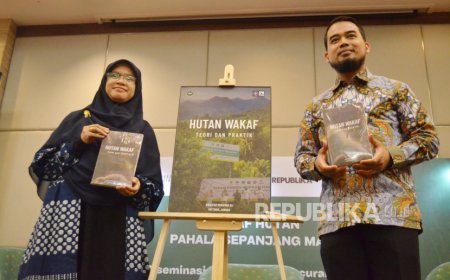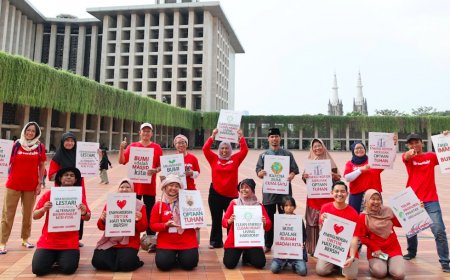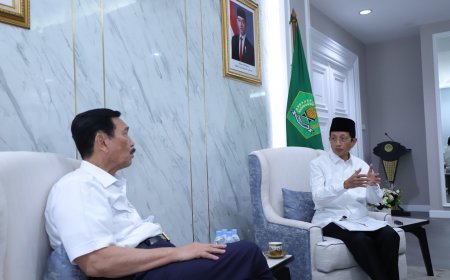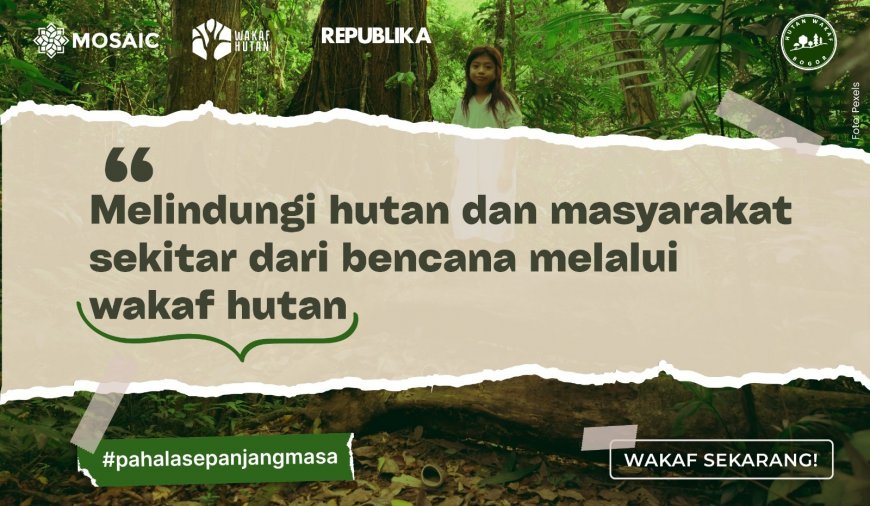Waqf Forest Initiative Inspired The World
Waqf forest is considered to be one of the solutions to curb the rate of deforestation in Indonesia.
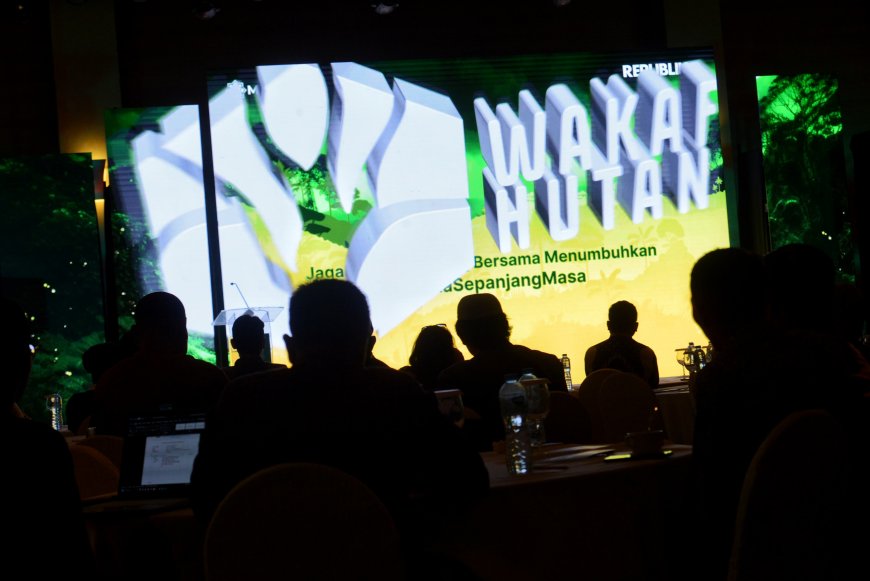
Although the development of waqf forests in Indonesia is still limited, the big idea has reached the world. Chairman of the Bogor Waqf Forest Foundation Muhammad Khalifah Ali said that the idea of a waqf forest have been presented to the Conferences of the Parties (COP) 28, a high-level conference (summit) of the United Nations (UN) that addresses various issues of climate change.
According to the Khalifah, Dr. Fachruddin M. Mangunjaya, Chairman of the National University Center for Islamic Studies and Member of the Advisory Council of Faith for Our Planet (FFOP), highlighted the important role of waqf forests in the COP 28 Climate Change Conference held in Dubai in December 2023.
Not only that, the idea of a waqf forest has been published in a leading Australian newspaper, The Interperter, entitled Waqf-based forests: Harnessing Islamic philanthropy for climate financing in Indonesia in April 2024. One of the waqf forests located in Bogor has become the object of research of a doctoral student from Kyoto University, Japan. The results of the research have been presented in Japanese at The 65th AJI Frontier Seminar entitled “The Islamic Way of Forest Utilization: A Study on Waqf Forestry in Indonesia”.
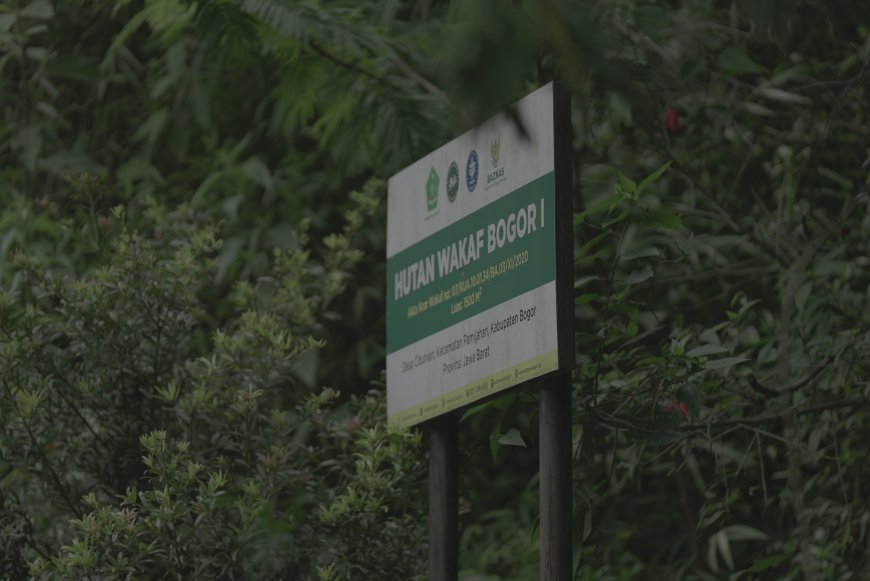
Waqf forests are considered to be one of the solutions to curb the rate of deforestation in Indonesia. Data from the World Population Review indicate that in 2024, Indonesia will be the second worst country in deforestation. On the contrary, Indonesia is the third largest rainforest-owning country in the world, after Brazil and Congo.
A waqf forest is simply defined as a forest developed on the land of a waqf. This concept makes the waqf forest more assured of its preservation as it is protected by religious law and state law. In Islamic religious law, a waqf asset is a perpetual asset that may not be sold, inherited, or gifted. In addition, once its function has been determined by the wakif (the person who exercises the waqf), the assets of the waqf may not be changed in their designation.
This is reinforced also by state law through UU No.41/2004 on waqf which sanctions parties who sell, alter, inherit, or embellish the assets of the waqf. Waqf forest development initiatives have begun in several areas of Indonesia, such as in Aceh, Bogor, Mojokerto, and Sukabumi.
According to Khalifah, although it has received a warm welcome at the national and global level, overall, the extent of waqaf forest in Indonesia is still very limited, only about 9.6 hectares. Therefore, the waqf forest need to be expanded to provide greater ecological, economic, and social benefits in the future. To support the development of the waqf forest, Khalifah tried to initiate a national waqf forest movement. The movement aims to accelerate the expansion of waqaf forests in various areas across Indonesia.
One strategy that can be pursued is to strengthen collaboration among the parties that can be involved. One of the most popular forms of collaboration is the Pentahelix model, which is the collaboration of 5 pillars of ABCGM (Academia, Business, Community, Government, Media). The pentahelix collaboration became key in the development of the national waqf forest movement. Each pillar has a specific role in strengthening and expanding waqf forest development efforts. As an illustration, the Bogor Waqf Forest (HWB) Foundation, one of the foundations of waqf forest developers, has sought to build a network of collaborations with universities, companies, local communities, governments, and the media.
This collaboration is also judged to have to face challenges around waqf issues first. According to the Khalifah, a study conducted by the Indonesian Waqf Agency (BWI) and the Ministry of Foreign Affairs of Indonesia in 2020 showed that the waqaf literacy index score reached only 50.48, which placed it in the low category of 13. This signals that public understanding of the concept of waqf still needs to be significantly improved. Most people still perceive waqf as a practice limited to the construction of mosques, madrasahs, and maintenance of tombs (3M).
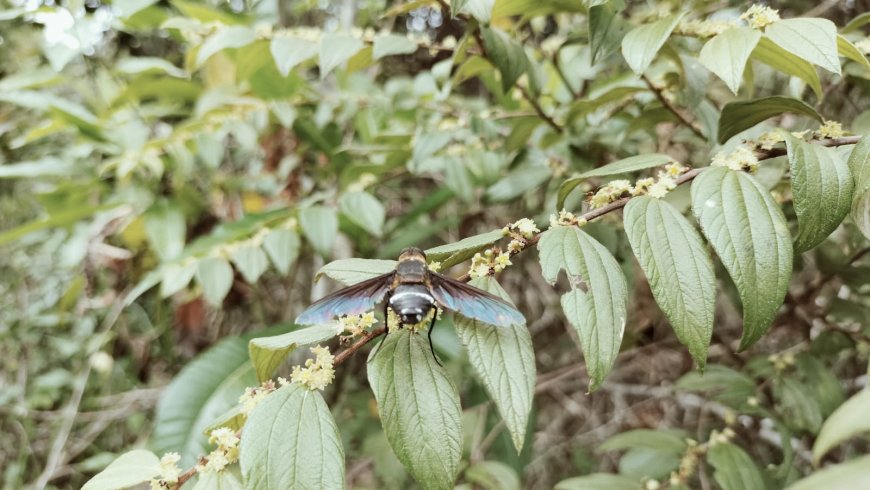
Increasing waqf literacy is expected to change this paradigm and encourage active community participation in supporting the waqf forest movement nationwide. According to the Caliph, the Indonesian Ulama Assembly (MUI) needed to issue a fatwa on the waqf forest to affirm the permissibility and primacy of the waqf forest from the perspective of Islamic sharia. The fatwa will provide a strong and clear legal foundation for Muslim communities wishing to be involved in the development of the waqf forest.
The next challenge, the Caliph said, comes from the government side, particularly in terms of legalizing land for waqf forests. Although taking care of the Waqf Pledge Act (AIW) in the Religious Affairs Office of the local district which is a representation of the Ministry of Foreign Affairs of RI is relatively not difficult, the author's experience as a waqaf forest activist shows that the process of managing waqaf certification in the National Land Agency (BPN) can be a very long and laborious process. This is due to the lack of official land documents for lands in the corners of the village.

